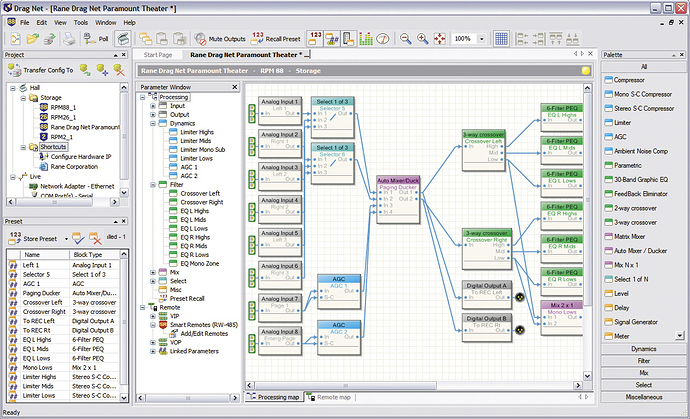I sprang for IK Multimedia’s ARC System 2.5 as they had a sale on it recently. I remember it being highly recommended by @Danny_Danzi several times, so it has been on my wish list for awhile. I have an odd shaped room, so while I had considered room treatment a number of times it seemed like hit or miss since there’s little symmetry to the room.
So I got the package with the special mic and installed the software, and took measurements. It was a little involved, but once I figured it out was pretty painless. My one challenge was having to turn the speaker Test volume up really high (to my ears anyway, SPL meter says it was about normal for mixing) with mic pre maxed out. But I got it to work. I had to wear ear protection during testing though, it seemed really loud and I didn’t need to hear the impulses at full volume anyway. The software did the work.
I think I understand what’s happening, but I’m going to play ‘dummy’ and try to learn something new here. So my main question is more around the “process” of using the room correction to improve mixing. When I first heard the corrected monitor output it sounded WAY different than I was used to, but the instructions say that’s not unusual (especially for an untreated room).
It’s kind of messing with my head actually, but doing the logic it’s starting to make sense. Before, the actual sound in the DAW could have been very good, but coming out the monitors into the room altered what I was hearing and emphasized the room anomalies. So I was actually hearing things incorrectly (which I assumed but tried to compensate). What ARC seems to be doing is creating a compensating EQ curve to “fool” my bad sounding room and make it sound “right” in my listening position. So in this case … two wrongs actually do make a right! 
You’re supposed to have the plugin with room correction on all the time recording/mixing/mastering, but Bypass it before rendering the stereo mix. Makes sense I guess, but I’m wondering how all this isn’t going to really impact how I mix in a confusing way, and impact the end result by my “ears” having to adjust to how I used to hear things and how it’s all changed. I may have to do some testing and experiments to see, over time.
One heartening discovery was that what was coming out of my monitors now sounded almost exactly the same as in a pretty good pair of headphones. It was startling, but I guess shouldn’t be that surprising. I would mainly only ‘reference’ with headphones in the past, just as a mix check.
How have any of you that have used ARC found ways to adapt to it and integrate it into your workflow? I’m just thinking it’s going to be really weird for awhile, and be challenging to adapt to. Wouldn’t there be a tendency to try to mix back to my “old sound” that I had got used to?  You know, old dog, new tricks.
You know, old dog, new tricks.


 It’s taking some getting used to.
It’s taking some getting used to.